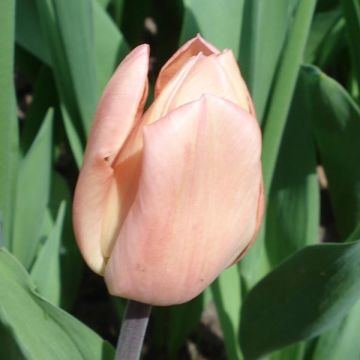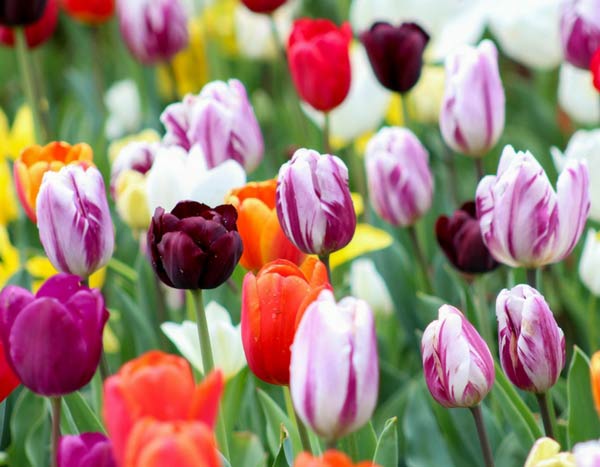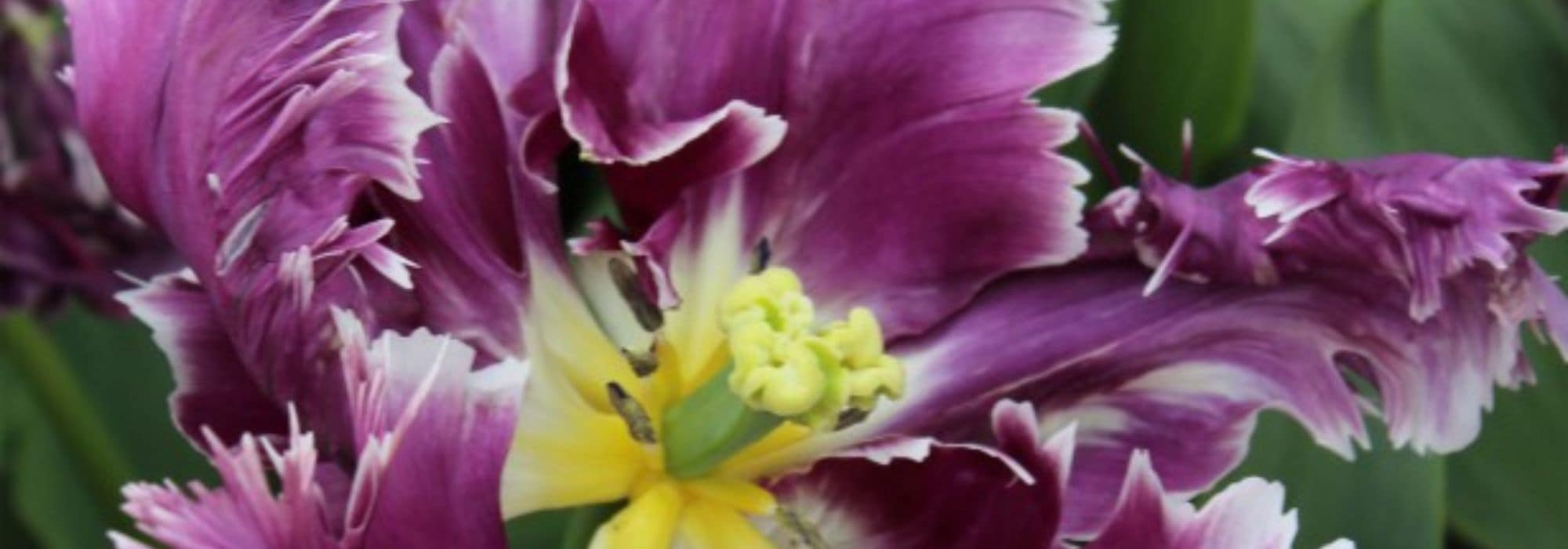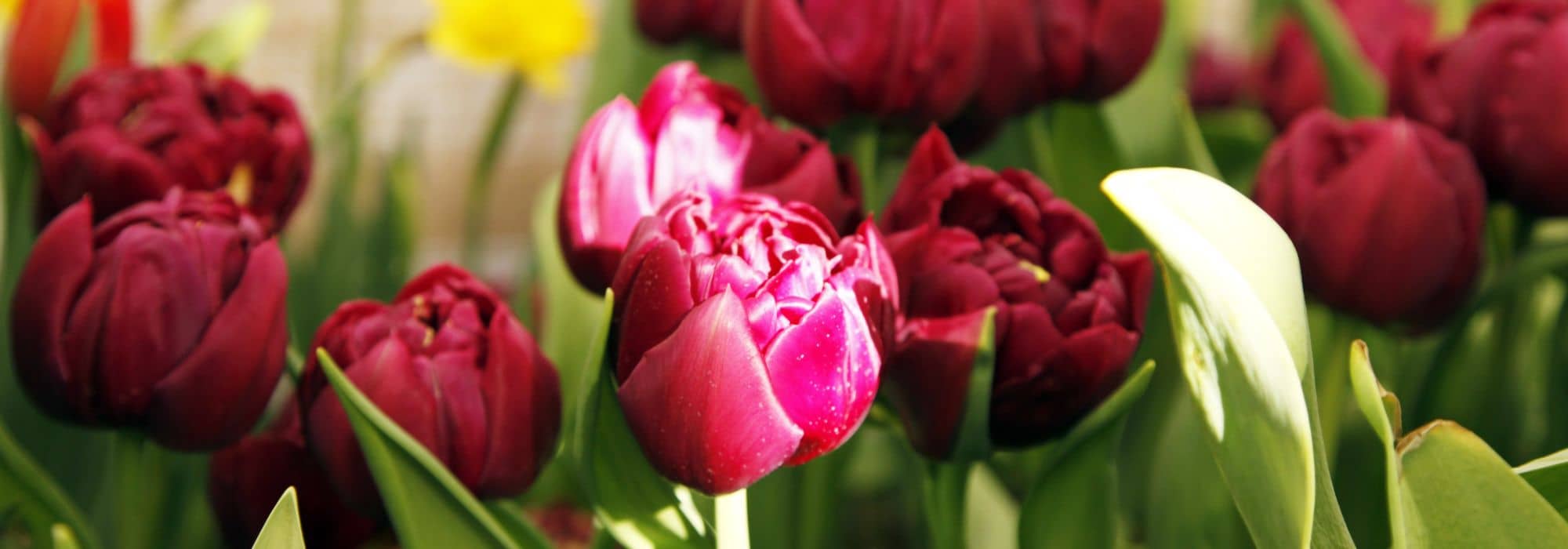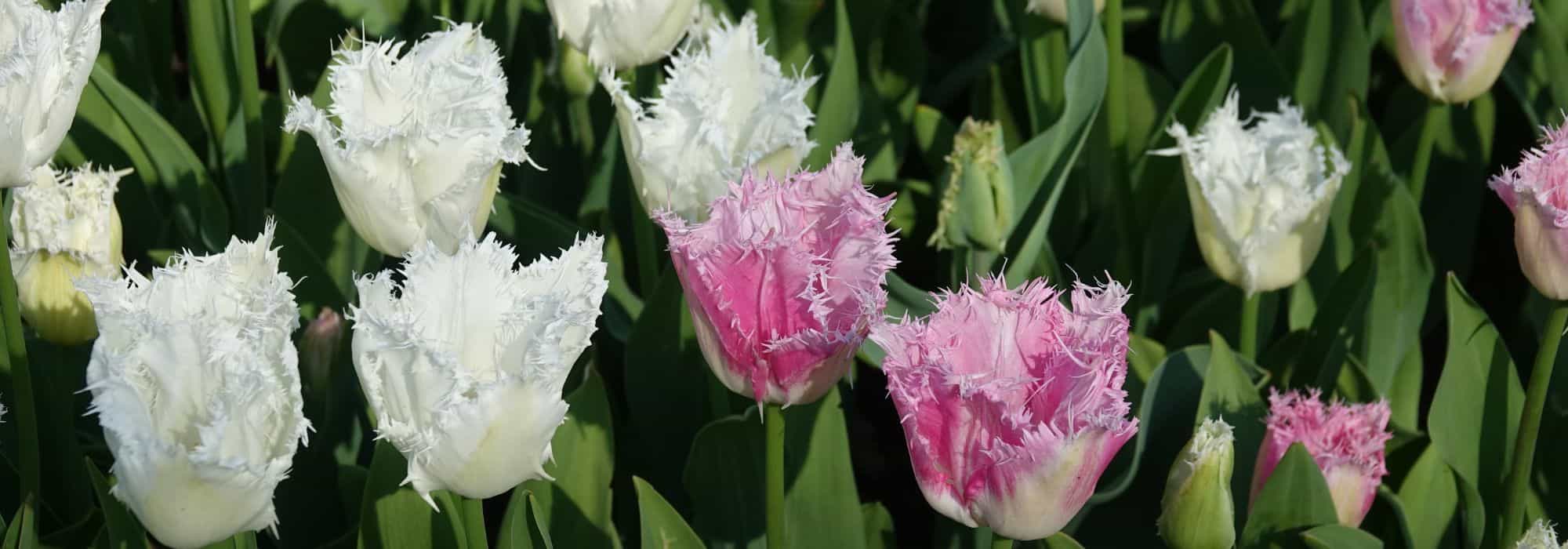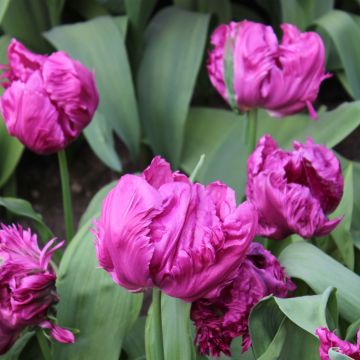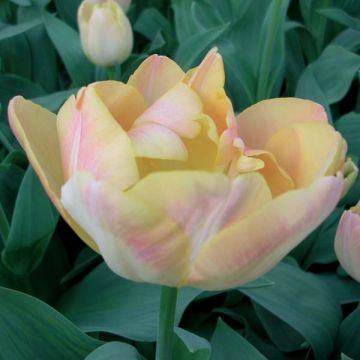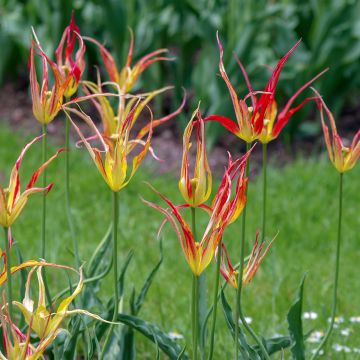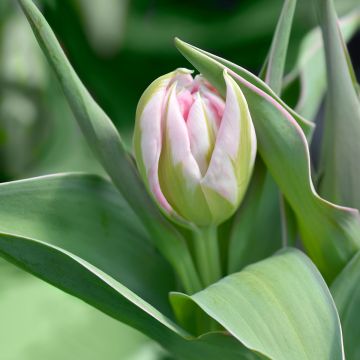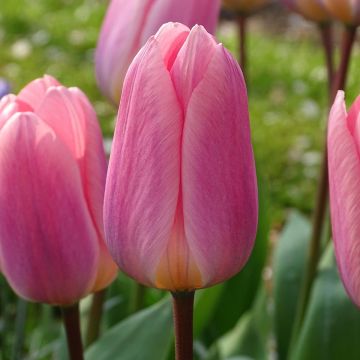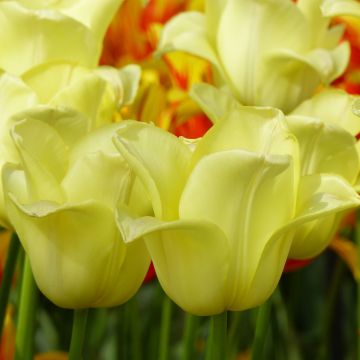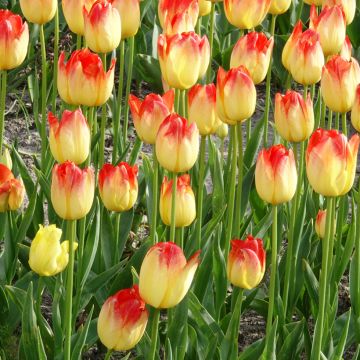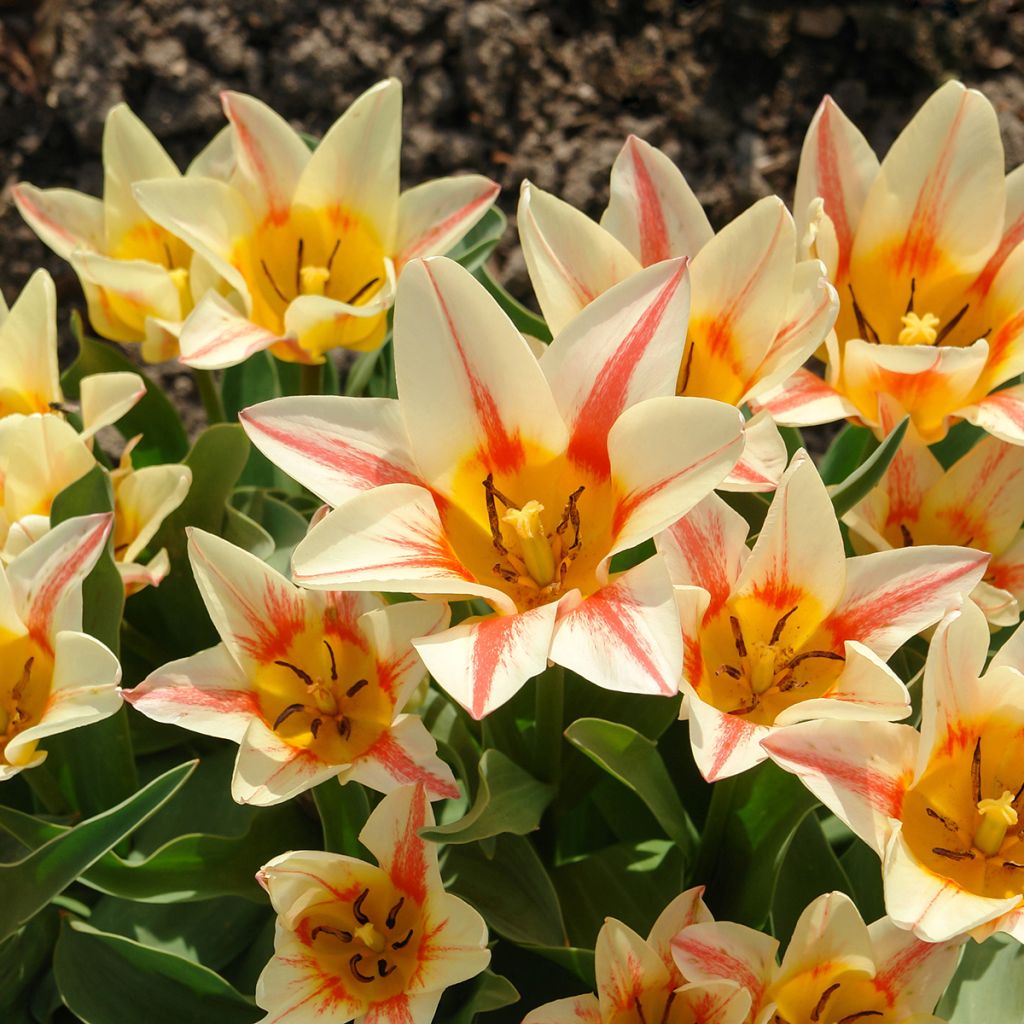

Tulipa greigii Quebec
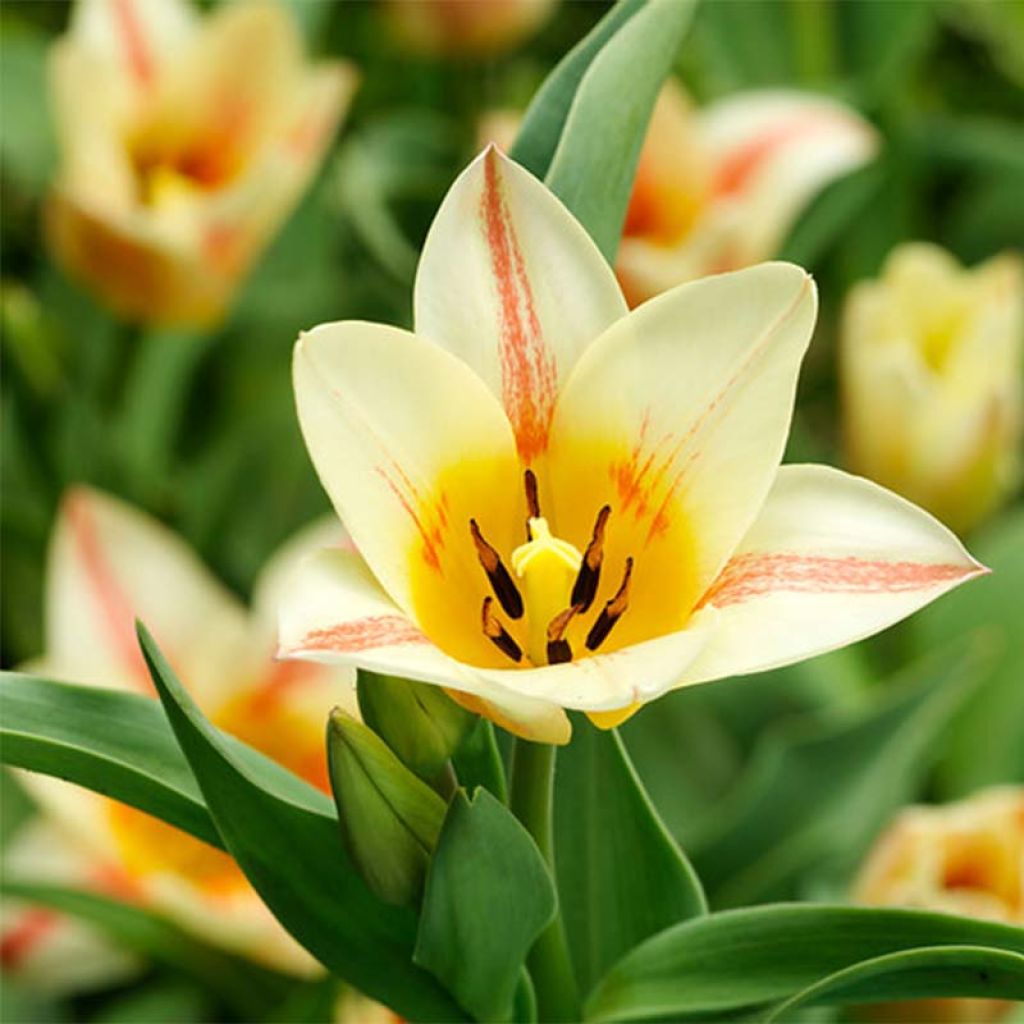

Tulipa greigii Quebec
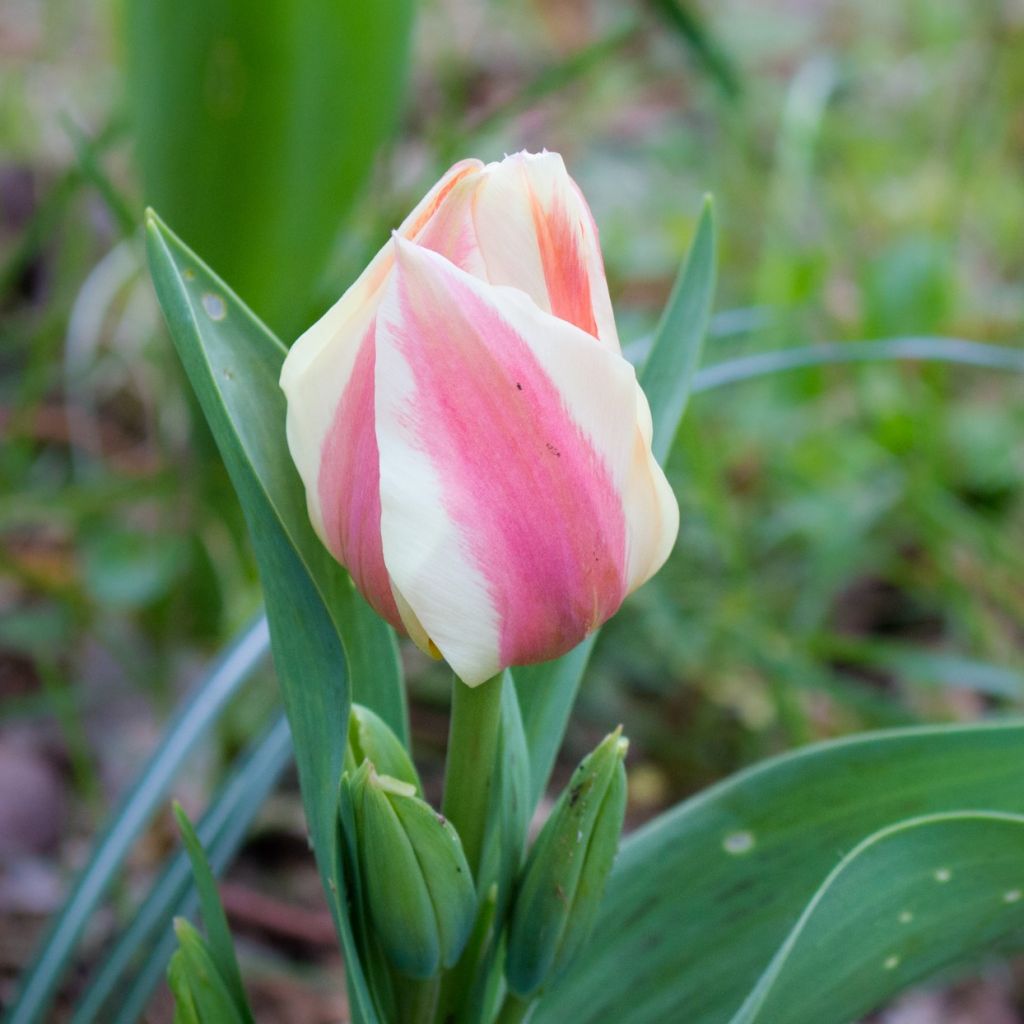

Tulipa greigii Quebec
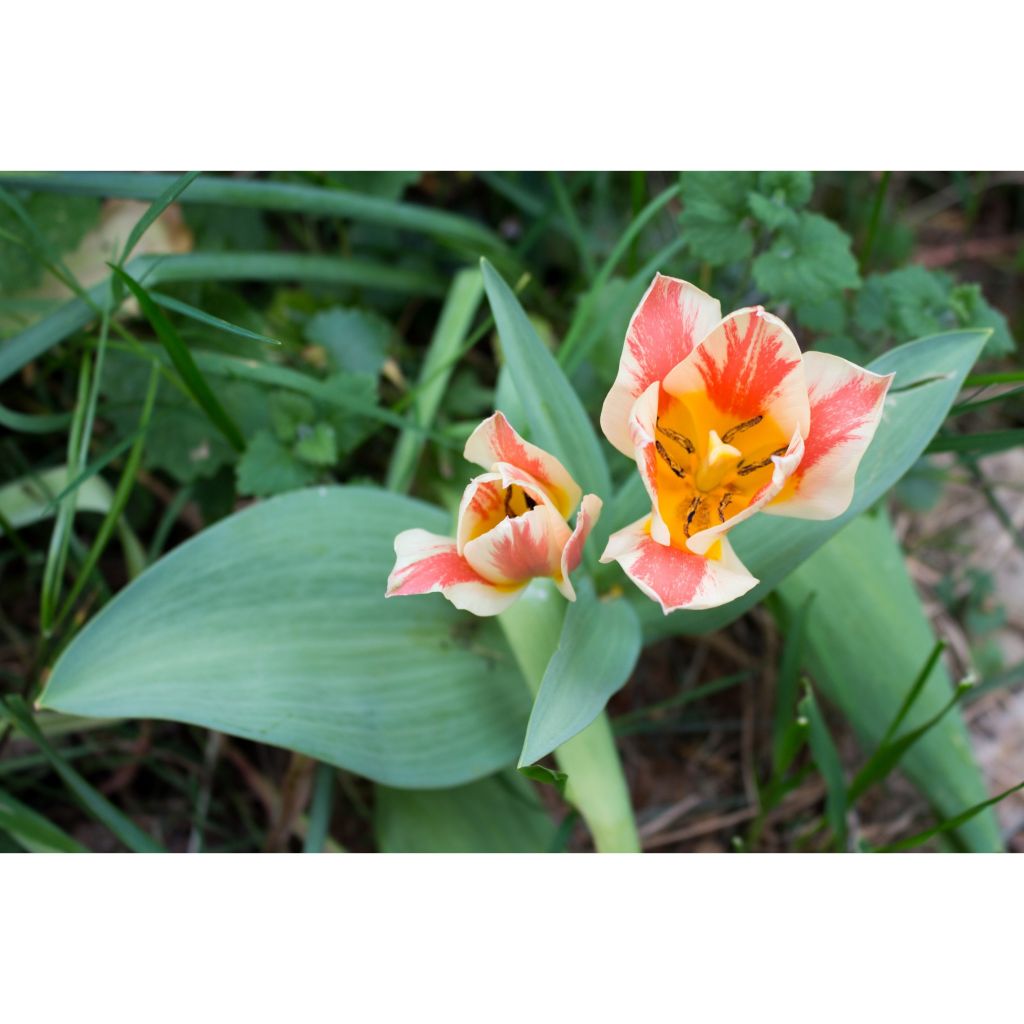

Tulipa greigii Quebec
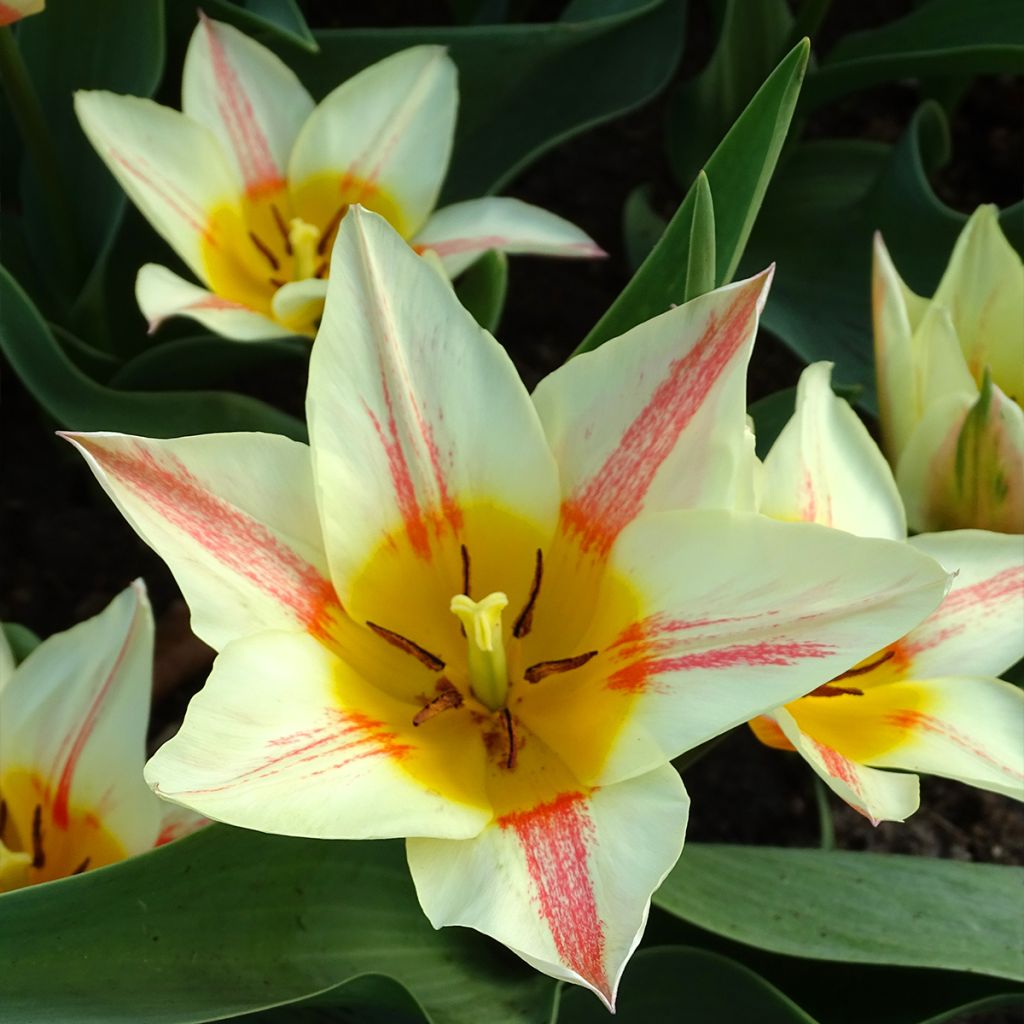

Tulipa greigii Quebec
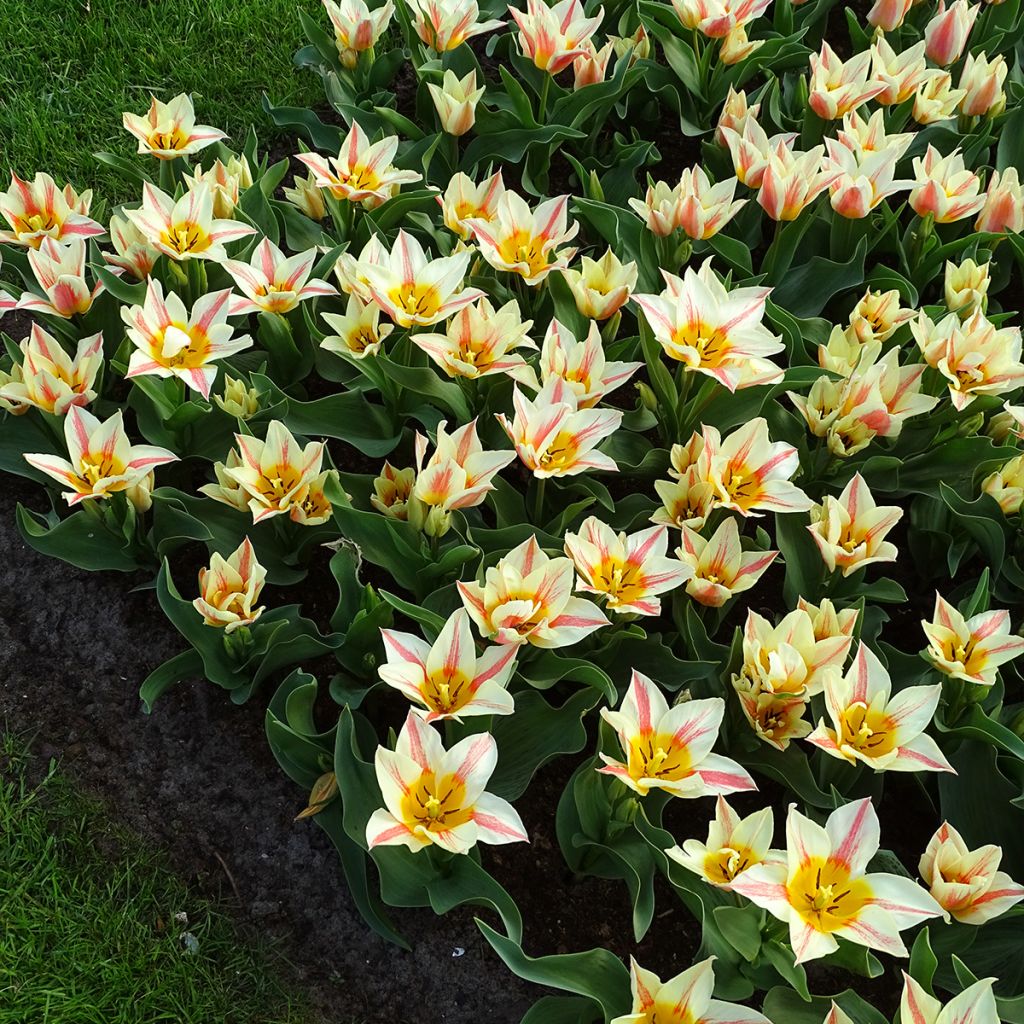

Tulipa greigii Quebec
Tulipa greigii Quebec
Tulipa greigii Quebec
Greigii Tulip
Very beautiful. Large, very bright. There were up to 4 on the same stem.
Martine, 12/04/2023
Special offer!
Receive a €20 voucher for any order over €90 (excluding delivery costs, credit notes, and plastic-free options)!
1- Add your favorite plants to your cart.
2- Once you have reached €90, confirm your order (you can even choose the delivery date!).
3- As soon as your order is shipped, you will receive an email containing your voucher code, valid for 3 months (90 days).
Your voucher is unique and can only be used once, for any order with a minimum value of €20, excluding delivery costs.
Can be combined with other current offers, non-divisible and non-refundable.
Why not try an alternative variety in stock?
View all →This plant carries a 6 months recovery warranty
More information
We guarantee the quality of our plants for a full growing cycle, and will replace at our expense any plant that fails to recover under normal climatic and planting conditions.

Would this plant suit my garden?
Set up your Plantfit profile →
Description
The 'Quebec' Greigii Botanical Tulip is a dwarf variety, offering pastel flowers delicately streaked with pink and mauve on a white background, from the month of March. It shows excellent performance in flower beds and allows for the creation of colourful spots at the end of winter, in association with botanical narcissus or muscari. It proves to be robust and faithful, resistant to drought, not demanding. It returns each year, each time more numerous, announcing the long-awaited return of spring in flower beds or sunny rockeries.
The 'Quebec' Greigii Botanical Tulip belongs to the Liliaceae family. The Tulipa greigii species was the first to be cultivated from wild bulbs, which were brought back from Uzbekistan to Germany in 1871. It is actually native to Central Asia and northeastern Iran. It has given rise to numerous cultivars including 'Quebec'. This small tulip will not exceed 15 cm (6in) in height when in flower. Its foliage is bright green, quite wide, marked with slight darker marbling. The flowers appear in March, more or less early depending on the climate. They are bi-coloured, streaked with fresh pink and washed with mauve in the centre on a white background. The base of the petals is warmed by a yellow shade. They bloom in the sun and close up when it hides.
Botanical tulips do not degenerate over time like large-flowered tulips, selected for over 200 years for cut flowers and not for their perennial nature. They naturalise easily and can stay in place for several years without special maintenance. They thrive in borders and rockeries, in very well-drained soil. To create colourful scenes, they can be associated with various small bulb plants: Crocus, Allium moly, Ipheion uniflorum, Anemone blanda, small-flowered daffodils, Muscari, Puschkinia, Cyclamen coum, Erythronium pagoda, Leucojum vernum, snowdrops, Scilla sibirica etc. These tulips are unrivaled for bringing the colour of spring to pots or sunny gardens.
Tulipa greigii Quebec in pictures
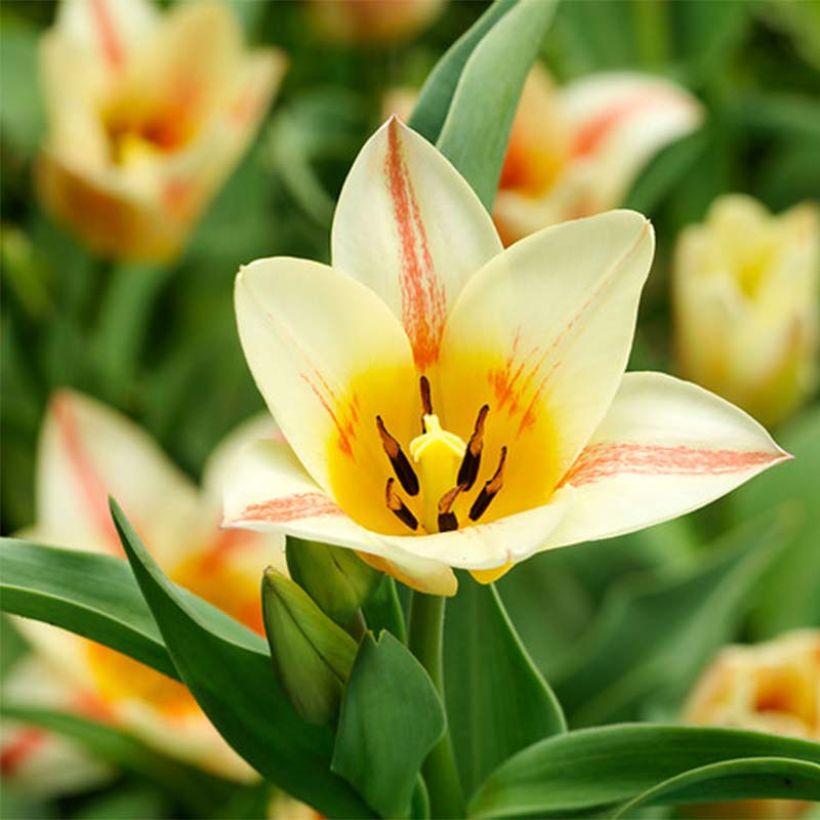

Plant habit
Flowering
Foliage
Botanical data
Tulipa
greigii
Quebec
Liliaceae
Greigii Tulip
Cultivar or hybrid
Planting and care
Plant the bulbs in autumn, from September to December, at a depth of 10 cm (4in), spacing them 10 cm (4in) apart. The planting should be done in ordinary soil, slightly acidic, neutral, or slightly alkaline, loose, well-worked, and well-draining. Never add uncomposted manure or compost to the planting soil, as this could cause the bulbs to rot. Tulips will grow well in moist to dry soil in summer, light and well-draining. Plant them in a sunny or partially shaded location.
After flowering, their foliage becomes unsightly. We recommend planting Heucheras, Tiarellas, Brunneras, Bleeding Hearts, Euphorbia Cyparissias, at the foreground of your flowerbeds. Their foliage will enhance the colours of your tulips, and throughout the season, they will elegantly conceal the yellowed leaves.
Planting period
Intended location
Care
Planting & care advice
-
, onOrder confirmed
Reply from on Promesse de fleurs
Similar products
Haven't found what you were looking for?
Hardiness is the lowest winter temperature a plant can endure without suffering serious damage or even dying. However, hardiness is affected by location (a sheltered area, such as a patio), protection (winter cover) and soil type (hardiness is improved by well-drained soil).

Photo Sharing Terms & Conditions
In order to encourage gardeners to interact and share their experiences, Promesse de fleurs offers various media enabling content to be uploaded onto its Site - in particular via the ‘Photo sharing’ module.
The User agrees to refrain from:
- Posting any content that is illegal, prejudicial, insulting, racist, inciteful to hatred, revisionist, contrary to public decency, that infringes on privacy or on the privacy rights of third parties, in particular the publicity rights of persons and goods, intellectual property rights, or the right to privacy.
- Submitting content on behalf of a third party;
- Impersonate the identity of a third party and/or publish any personal information about a third party;
In general, the User undertakes to refrain from any unethical behaviour.
All Content (in particular text, comments, files, images, photos, videos, creative works, etc.), which may be subject to property or intellectual property rights, image or other private rights, shall remain the property of the User, subject to the limited rights granted by the terms of the licence granted by Promesse de fleurs as stated below. Users are at liberty to publish or not to publish such Content on the Site, notably via the ‘Photo Sharing’ facility, and accept that this Content shall be made public and freely accessible, notably on the Internet.
Users further acknowledge, undertake to have ,and guarantee that they hold all necessary rights and permissions to publish such material on the Site, in particular with regard to the legislation in force pertaining to any privacy, property, intellectual property, image, or contractual rights, or rights of any other nature. By publishing such Content on the Site, Users acknowledge accepting full liability as publishers of the Content within the meaning of the law, and grant Promesse de fleurs, free of charge, an inclusive, worldwide licence for the said Content for the entire duration of its publication, including all reproduction, representation, up/downloading, displaying, performing, transmission, and storage rights.
Users also grant permission for their name to be linked to the Content and accept that this link may not always be made available.
By engaging in posting material, Users consent to their Content becoming automatically accessible on the Internet, in particular on other sites and/or blogs and/or web pages of the Promesse de fleurs site, including in particular social pages and the Promesse de fleurs catalogue.
Users may secure the removal of entrusted content free of charge by issuing a simple request via our contact form.
The flowering period indicated on our website applies to countries and regions located in USDA zone 8 (France, the United Kingdom, Ireland, the Netherlands, etc.)
It will vary according to where you live:
- In zones 9 to 10 (Italy, Spain, Greece, etc.), flowering will occur about 2 to 4 weeks earlier.
- In zones 6 to 7 (Germany, Poland, Slovenia, and lower mountainous regions), flowering will be delayed by 2 to 3 weeks.
- In zone 5 (Central Europe, Scandinavia), blooming will be delayed by 3 to 5 weeks.
In temperate climates, pruning of spring-flowering shrubs (forsythia, spireas, etc.) should be done just after flowering.
Pruning of summer-flowering shrubs (Indian Lilac, Perovskia, etc.) can be done in winter or spring.
In cold regions as well as with frost-sensitive plants, avoid pruning too early when severe frosts may still occur.
The planting period indicated on our website applies to countries and regions located in USDA zone 8 (France, United Kingdom, Ireland, Netherlands).
It will vary according to where you live:
- In Mediterranean zones (Marseille, Madrid, Milan, etc.), autumn and winter are the best planting periods.
- In continental zones (Strasbourg, Munich, Vienna, etc.), delay planting by 2 to 3 weeks in spring and bring it forward by 2 to 4 weeks in autumn.
- In mountainous regions (the Alps, Pyrenees, Carpathians, etc.), it is best to plant in late spring (May-June) or late summer (August-September).
The harvesting period indicated on our website applies to countries and regions in USDA zone 8 (France, England, Ireland, the Netherlands).
In colder areas (Scandinavia, Poland, Austria...) fruit and vegetable harvests are likely to be delayed by 3-4 weeks.
In warmer areas (Italy, Spain, Greece, etc.), harvesting will probably take place earlier, depending on weather conditions.
The sowing periods indicated on our website apply to countries and regions within USDA Zone 8 (France, UK, Ireland, Netherlands).
In colder areas (Scandinavia, Poland, Austria...), delay any outdoor sowing by 3-4 weeks, or sow under glass.
In warmer climes (Italy, Spain, Greece, etc.), bring outdoor sowing forward by a few weeks.































